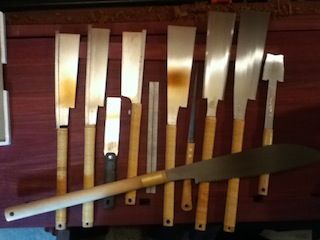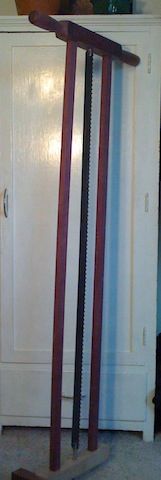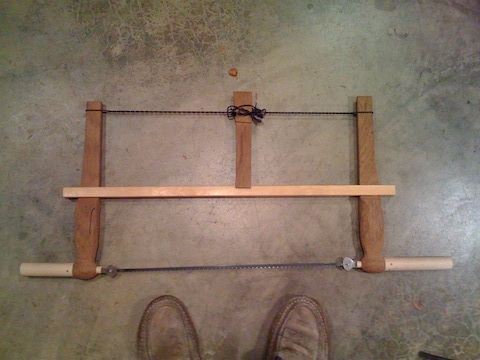Hello All:
You've all been asked this question before, numerous times, and accordingly I apologize. Times change & so do woodworking tools, in particular saws.
Which saws would you recommend for an aged woodworker (started wood working in 1990, but work & children got the better of me - I am 61 yrs. old). I'm laying out my list what I think is important in regards to saws.
Please add changes/vendors for these saws:1. Rip (pls, add how many & TPI)
2. X-Cross (pls. add how many & TPI)
3. Panel saw (?)
4. Dovetail or Gent's saw
5. Framing Saw (seems to be the rave)
I, being retired, don't have a good pension. If one, or some of the above could do the job of many, I'd like to know.
Thanks for reading this!




 Reply With Quote
Reply With Quote




 "What's the matter . . . never taken a short cut before ?"
"What's the matter . . . never taken a short cut before ?" YMMV
YMMV



